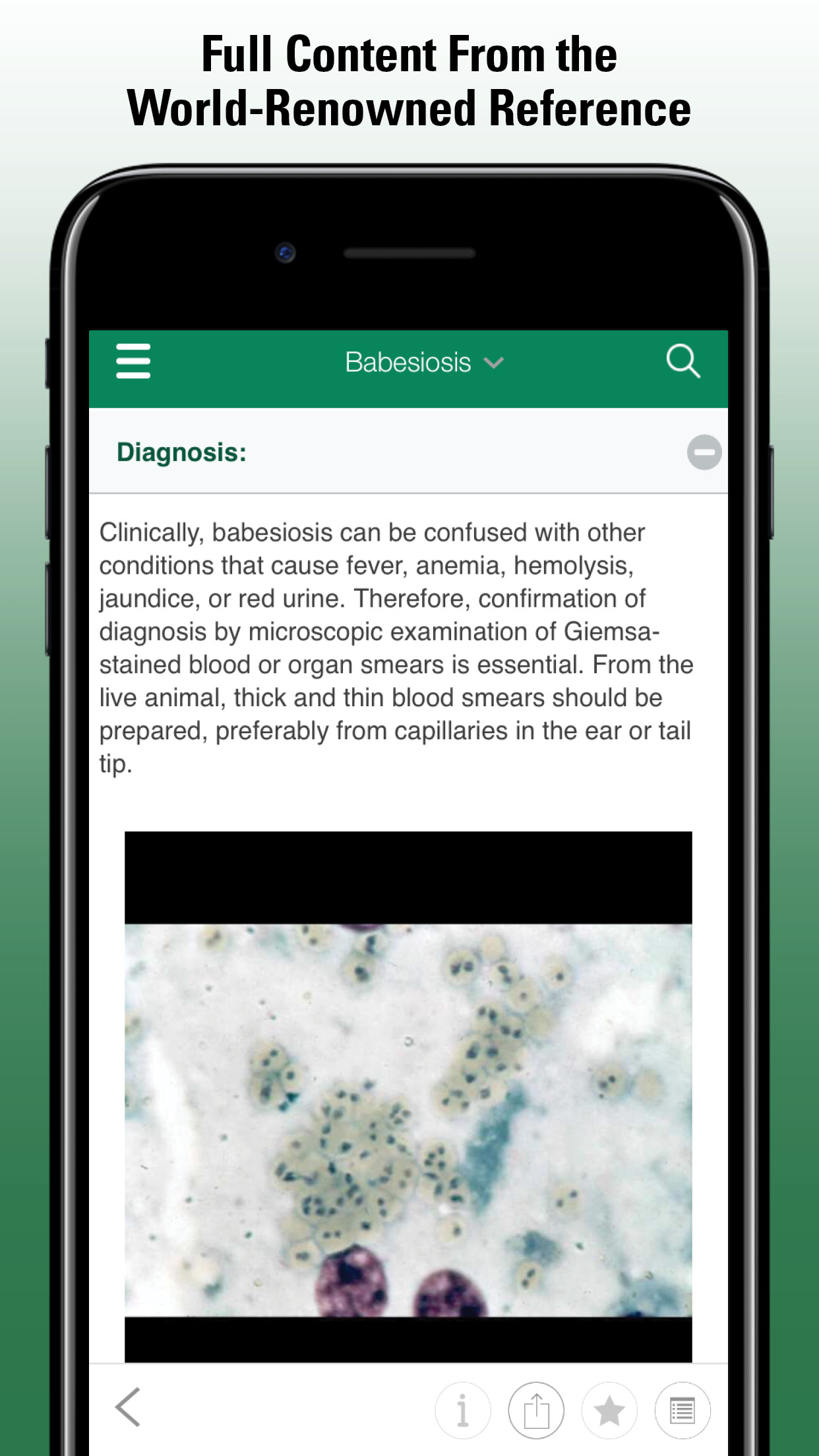Arthrocentesis and Arthroscopy in Cattle
- Lameness in Cattle
- Overview of Lameness in Cattle
- Physical Examination of a Lame Cow
- Locomotion Scoring in Cattle
- Computerized Recording of Digital Lesions in Cattle
- Distal Digital Anesthesia for Diagnostic and Surgical Procedures in Cattle
- Radiography in Cattle
- Arthrocentesis and Arthroscopy in Cattle
- Risk Factors Involved in Herd Lameness of Cattle
- Footbaths of Cattle
- Functional Claw Trimming of Cattle
- Prevalent Lameness Disorders in Intensively Managed Herds of Cattle
- Digital Dermatitis in Cattle
- Pododermatitis Circumscripta in Cattle
- White Line Disease in Cattle
- Toe Necrosis Syndrome in Cattle
- Sole Hemorrhage in Cattle
- Thin Sole in Cattle
- Heel Erosion in Cattle
- Other Disorders of the Interdigital Space in Cattle
- Interdigital Dermatitis in Cattle
- Interdigital Phlegmon in Cattle
- Interdigital Hyperplasia in Cattle
- Disorders of the Horn Capsule and Corium in Cattle
- Laminitis in Cattle
- Double Sole in Cattle
- Foreign Body in Sole of Cattle
- Vertical Fissures in Cattle
- Horizontal Fissures in Cattle
- Corkscrew Claw in Cattle
- Slipper Foot in Cattle
- Disorders of the Bones and Joints in Cattle
- Ankylosing Spondylosis in Cattle
- Degenerative Arthropathy in Cattle
- Coxofemoral Luxation in Cattle
- Patellar Luxation in Cattle
- Fetlock Dislocation in Cattle
- Hip Dysplasia in Cattle
- Fractures in Cattle
- Septic Arthritis of the Distal Interphalangeal Joint in Cattle
- Serous Tarsitis in Cattle
- Neurologic Disorders Associated with Lameness or Gait Abnormalities in Cattle
- Suprascapular Paralysis in Cattle
- Radial Paralysis in Cattle
- Ischiatic Paralysis in Cattle
- Obturator Paralysis in Cattle
- Femoral Paralysis in Cattle
- Peroneal Paralysis in Cattle
- Tibial Paralysis in Cattle
- Spastic Syndrome in Cattle
- Spastic Paresis in Cattle
- Soft-tissue Disorders Causing Lameness in Cattle
- Carpal Hygroma in Cattle
- Rupture of the Gastrocnemius Muscle in Cattle
- Rupture of the Peroneus Tertius Muscle in Cattle
- Tarsal Cellulitis in Cattle
Arthroscopy enables visualization of the interior surfaces of a joint for diagnostic or surgical purposes. Arthrocentesis is a procedure by which synovial fluid may be removed from a joint for examination. Local anesthetic can be introduced to ascertain whether painful lesions are present in the joint. Intra-articular therapy permits medication to be deposited into the joint. Because this procedure may be painful, a nerve block at a higher level is recommended.
For the distal interphalangeal joint, the needle is inserted lateral to the common or long extensor tendon, which inserts into the extensor process of the distal phalanx. The entry point is just proximal to the coronary band. For the pastern joint (proximal interphalangeal joint), the needle is inserted lateral to the extensor tendon. For the fetlock joint (metacarpophalangeal or metatarsophalangeal joint), the needle is directed downward close to the bone and between it and the interosseous (suspensory) ligament. The joint can also be entered from the dorsal surface in a similar manner to the distal joints; however, the flexor pouch is more capacious than the dorsal one. For the digital synovial sheath (sheath of the deep flexor tendon), the needle is directed downward behind the interosseous ligament.
For the stifle joint, it is advisable to use two sites because in some animals the lateral femorotibial compartment may not communicate with the rest of the joint. The first site is close behind the lateral patellar ligament (lateral femorotibial compartment), and the needle should be directed caudally. The needle is inserted in the second site between the medial and middle patellar ligaments and directed slightly down and toward the large medial lip of the trochlea (femoropatellar and medial femorotibial compartments).
Resources In This Article
- Lameness in Cattle
- Overview of Lameness in Cattle
- Physical Examination of a Lame Cow
- Locomotion Scoring in Cattle
- Computerized Recording of Digital Lesions in Cattle
- Distal Digital Anesthesia for Diagnostic and Surgical Procedures in Cattle
- Radiography in Cattle
- Arthrocentesis and Arthroscopy in Cattle
- Risk Factors Involved in Herd Lameness of Cattle
- Footbaths of Cattle
- Functional Claw Trimming of Cattle
- Prevalent Lameness Disorders in Intensively Managed Herds of Cattle
- Digital Dermatitis in Cattle
- Pododermatitis Circumscripta in Cattle
- White Line Disease in Cattle
- Toe Necrosis Syndrome in Cattle
- Sole Hemorrhage in Cattle
- Thin Sole in Cattle
- Heel Erosion in Cattle
- Other Disorders of the Interdigital Space in Cattle
- Interdigital Dermatitis in Cattle
- Interdigital Phlegmon in Cattle
- Interdigital Hyperplasia in Cattle
- Disorders of the Horn Capsule and Corium in Cattle
- Laminitis in Cattle
- Double Sole in Cattle
- Foreign Body in Sole of Cattle
- Vertical Fissures in Cattle
- Horizontal Fissures in Cattle
- Corkscrew Claw in Cattle
- Slipper Foot in Cattle
- Disorders of the Bones and Joints in Cattle
- Ankylosing Spondylosis in Cattle
- Degenerative Arthropathy in Cattle
- Coxofemoral Luxation in Cattle
- Patellar Luxation in Cattle
- Fetlock Dislocation in Cattle
- Hip Dysplasia in Cattle
- Fractures in Cattle
- Septic Arthritis of the Distal Interphalangeal Joint in Cattle
- Serous Tarsitis in Cattle
- Neurologic Disorders Associated with Lameness or Gait Abnormalities in Cattle
- Suprascapular Paralysis in Cattle
- Radial Paralysis in Cattle
- Ischiatic Paralysis in Cattle
- Obturator Paralysis in Cattle
- Femoral Paralysis in Cattle
- Peroneal Paralysis in Cattle
- Tibial Paralysis in Cattle
- Spastic Syndrome in Cattle
- Spastic Paresis in Cattle
- Soft-tissue Disorders Causing Lameness in Cattle
- Carpal Hygroma in Cattle
- Rupture of the Gastrocnemius Muscle in Cattle
- Rupture of the Peroneus Tertius Muscle in Cattle
- Tarsal Cellulitis in Cattle




